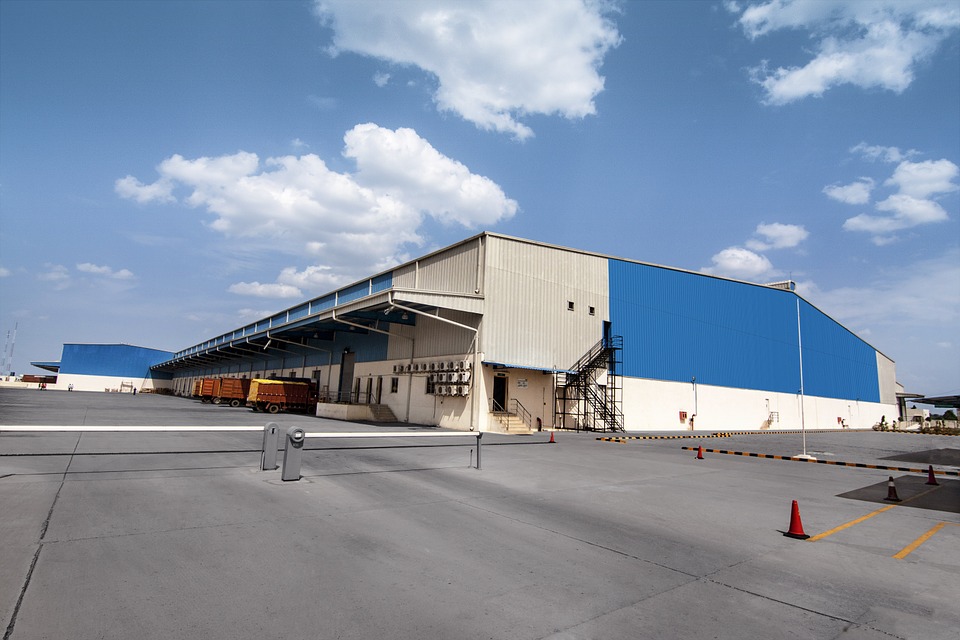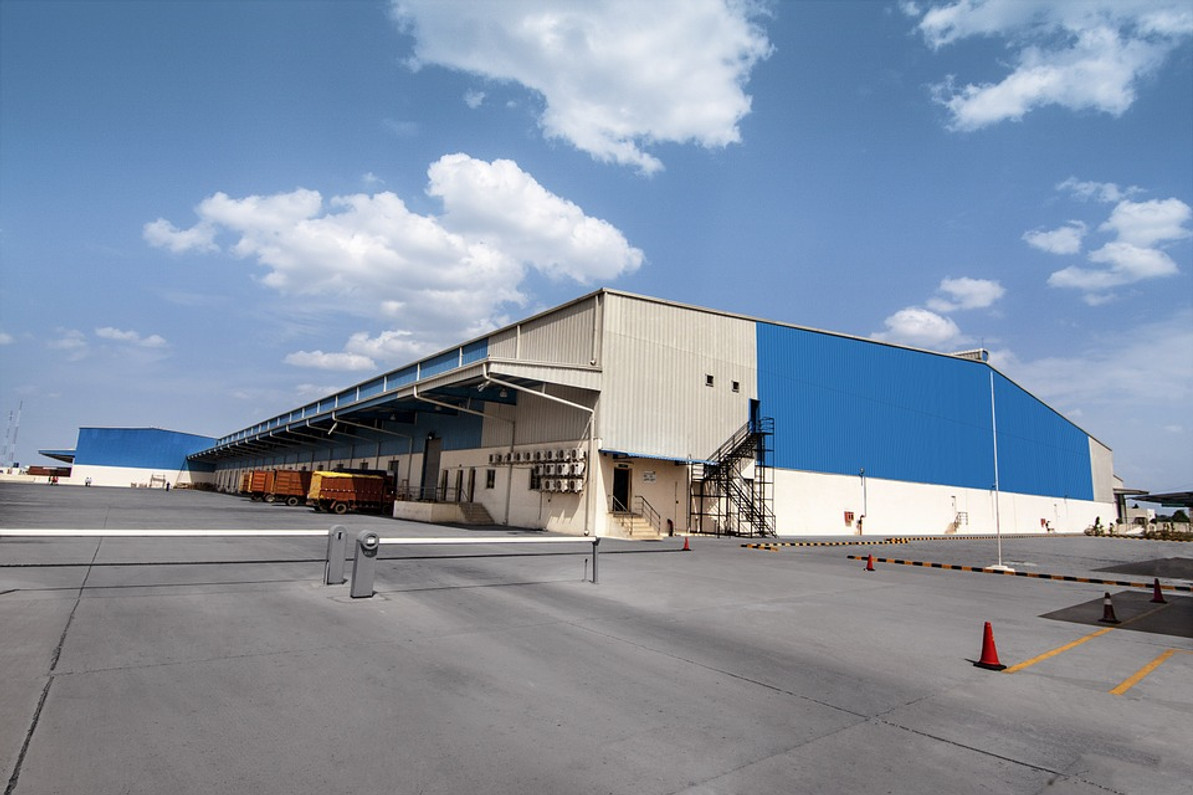Study: High BPA Levels Identified in Manufacturing Workers

Bisphenol A (BPA) is a common industrial chemical used in plastics and products containing plastics. It's been around for more than a half-decade, with manufacturing companies first using the chemical in the 1960s. Since then, it's popularity has only increased. However, while used in thousands of everyday products, including plastic food containers and sports equipment, high levels of exposure to BPA can interfere with a person's hormones and potentially increase the risk of cancer. And according to a new report, manufacturing workers are being exposed to unsafe levels of the plastic chemical.
Study Sheds Light on BPA Levels in Manufacturing
According to a study of 78 manufacturing workers conducted by the National Institute of Safety and Health (NIOSH), workers' BPA levels were about 70 times higher than the average adult's BPA levels.
It's important to note that this study focused specifically on manufacturing workers who either produced BPA or used the chemical to manufacture other products. Therefore, their levels of BPA are probably inherently higher than those of manufacturing workers in other sectors. Nonetheless, BPA levels 70 times higher than the average adult's certainly raises concern, especially for manufacturing workers who use the chemical as part of their daily operations.
You can learn more about the NIOSH study by visiting the Centers for Disease Control and Prevention (CDC) website here.
How to Minimize BPA Exposure
It's oftentimes impossible to avoid all forms of exposure to BPA in the manufacturing industry. If a factory or worksite uses the plastic chemical on a daily basis, workers there will be exposed to it -- and that's okay. Employers, however, should try to minimize the amount of BPA to which workers are exposed and the duration for which they are exposed to BPA.
The CDC offers some recommendations to minimize BPA exposure, including the use of a dust containment system. A misting or air ventilation system can catch BPA dust, for example, preventing workers from being exposed to it. Of course, workers should be provided with the appropriate personal protective equipment (PPE) as well. The Occupational Safety and Health Administration (OSHA) requires employers to provide workers with the appropriate PPE. While PPE varies from industry to industry and job to job, manufacturing workers who handle BPA often need form respiratory protection equipment, such as a dust mask or respiratory. Wearing a dust mask of respirator, manufacturing workers can minimize their exposure to BPA.
Furthermore, the CDC recommends cleaning surfaces in areas where BPA is produced or used. Following these tips, employers in the manufacturing industry can protect workers from the dangers of BPA.
Recent Posts
-
Fire Safety in the Workplace: What You Need to Know
What steps are you taking to prevent fires in your workplace? According to the U.S. Occupational Saf …Aug 23rd 2023 -
Is It Safe to Go Jogging With a Cold Infection?
If you're suffering from a cold infection, you might be wondering whether it's safe to go jogging. T …Aug 22nd 2023 -
5 Safety Tips to Follow When Using a Powder-Actuated Tool
Powder-actuated tools are commonly used to join materials to steel and concrete. Also known as Hilti …Aug 20th 2023




